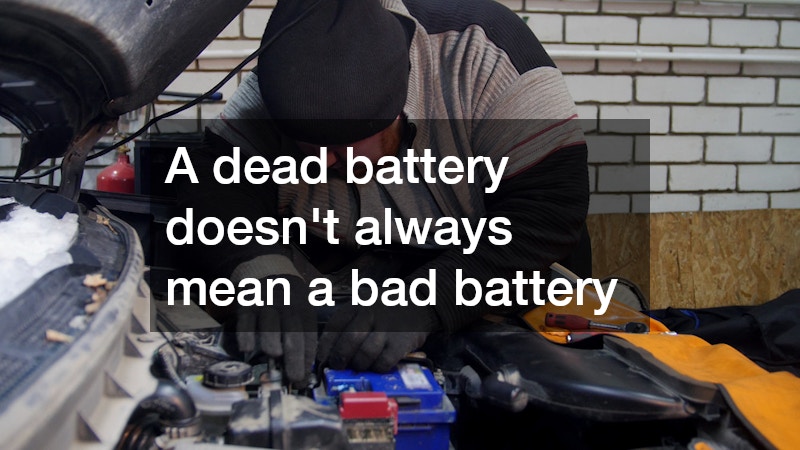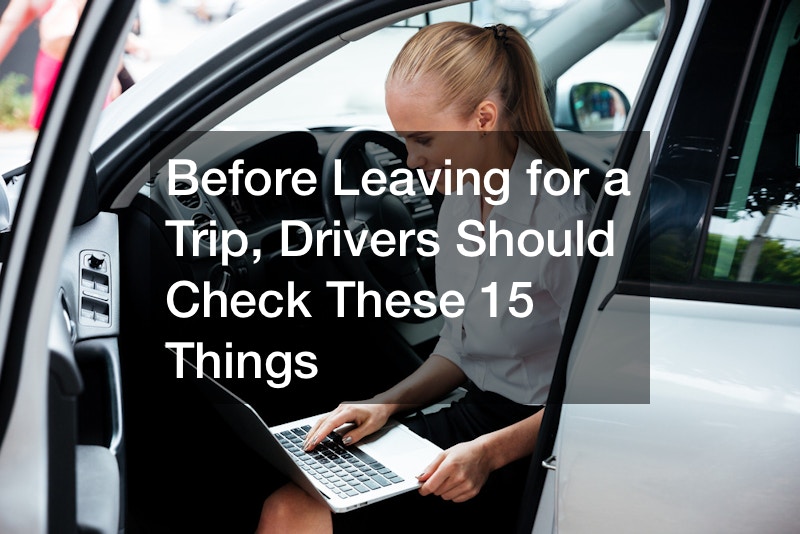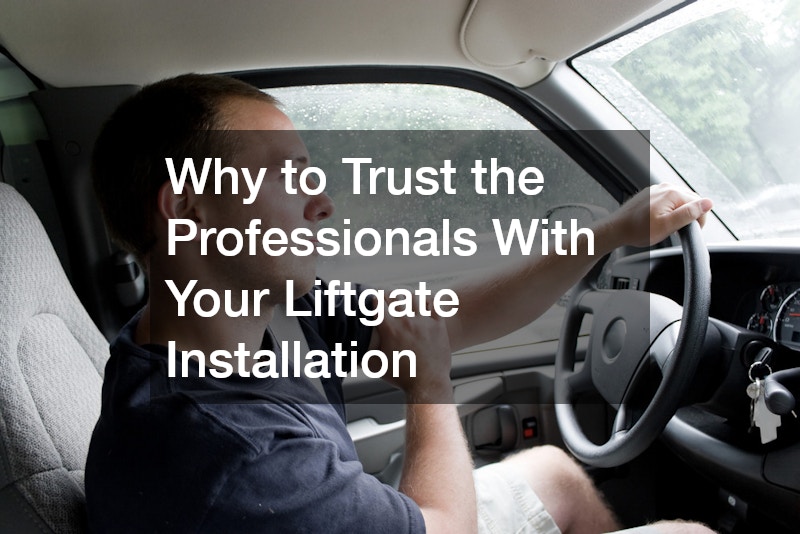Key Takeaways:
- Not all jump starts are safe to perform on your own.
- A dead battery isn’t always a bad battery—testing comes first.
- Mismatched or incompatible vehicles can cause electrical damage.
- Professional tow truck services use regulated, surge-protected equipment.
- Repeated jump starts signal deeper electrical or charging problems.
- Portable jump starters are helpful but not foolproof.
- Calling a tow truck service for a jump start is often more affordable and safer than you think.

When your car battery dies, it can quickly turn a simple day into a stressful situation. Many drivers immediately think of calling a tow truck service offering roadside battery jump starts—and for good reason. Professional roadside assistance ensures safety, reliability, and the right expertise when you’re stuck with a dead battery.
However, misinformation about battery jump starts circulates widely among drivers. Misunderstanding how jump starts work can lead to unsafe DIY attempts, unnecessary expenses, and even damage to your vehicle’s electrical system.
This article uncovers the most common myths about car battery jump starts and replaces them with accurate, practical information. Whether you’re a new driver or a seasoned commuter, knowing the truth can save you time, money, and headaches.
Myth #1: Jump Starting a Car Is Always Safe to Do Yourself
The Myth
Many people believe that jump starting a car is foolproof. After all, how hard can it be to connect two cables and get the engine running? Unfortunately, this assumption leads to frequent mistakes—and in some cases, expensive damage.
The Truth
While the process seems simple, doing it incorrectly can cause electrical shorts, battery explosions, or damage to sensitive components such as the alternator, ECU, or onboard sensors.
A tow truck service that offers roadside battery jump starts ensures the procedure is done correctly. Trained technicians use high-quality, voltage-regulated jump start packs that deliver the exact amount of power your vehicle needs—without overloading the system.
What Professionals Do Differently
- Assess battery condition first. A technician checks if the battery is simply discharged or permanently damaged.
- Use regulated power sources. Professional-grade equipment prevents power surges.
- Ensure proper polarity. Mistakenly reversing jumper cable connections can fry your car’s electronics.
- Avoid unnecessary sparks. Incorrect cable order or placement near the battery can ignite hydrogen gas.
So while it’s possible to jump start your car yourself, hiring a professional is the safer choice—especially if your vehicle has a modern computer system.
Myth #2: A Dead Battery Always Means You Need a Replacement

The Myth
Drivers often assume that a car battery that won’t start the vehicle is completely dead and must be replaced immediately.
The Truth
A dead battery doesn’t always mean a bad battery. Sometimes, it’s just discharged due to:
- Leaving lights or electronics on overnight
- Corroded battery terminals
- Cold temperatures reducing charge capacity
- Alternator or charging system issues
A tow truck service that offers roadside battery jump starts can test your battery on the spot. Many services now carry digital testers that measure voltage and cranking amps.
If the battery can still hold a charge, a professional jump start is all you need to get back on the road—no costly replacement required.
Key Takeaway
Don’t rush to replace your battery until it’s properly tested. You might save money by restoring a healthy battery instead of buying a new one prematurely.
Myth #3: Any Car Can Jump Start Another Car
The Myth
People often assume that any vehicle can be used to jump start another. If your friend’s car runs, it must be safe to connect jumper cables, right?
The Truth
Not necessarily. The compatibility between the vehicles matters—a lot. Using a car with a much smaller or weaker battery to jump start a larger vehicle (such as a truck or SUV) can strain the donor battery or even damage the electrical system.
Electric and hybrid vehicles add another layer of complexity. Many of them should not be used as donor cars because of their high-voltage systems.
A tow truck service that offers roadside battery jump starts eliminates this risk entirely. They use specialized, standalone battery boosters designed to handle a range of vehicles—from compact cars to heavy-duty trucks—without relying on another vehicle.
Why Mismatched Vehicles Can Cause Problems
- Voltage differences: Standard 12V systems aren’t universal—some vehicles operate at slightly higher voltages.
- Power demands: Larger engines need stronger cranking power.
- Electronics sensitivity: Connecting incompatible systems can trigger fault codes or damage circuits.
When in doubt, call a professional. Their tools are designed for cross-compatibility and voltage regulation.
Myth #4: Jump Starts Are Harmful to Your Car’s Electrical System
The Myth
Some drivers believe that jump starting their car, even when done correctly, will damage the alternator, starter, or onboard electronics.
The Truth
A properly executed jump start is safe for your vehicle. The danger only arises from improper technique—like reversed polarity, loose clamps, or poor-quality jumper cables.
A tow truck service that offers roadside battery jump starts follows safety protocols that ensure no electrical components are overloaded. Their equipment includes surge protection, stable current flow, and insulated clamps designed to prevent accidental arcing.
Safe Jump Start Practices
- Turn off all electrical accessories (radio, lights, AC) before connecting.
- Make solid clamp connections on clean metal surfaces.
- Remove cables in the reverse order of connection.
- Allow the vehicle to idle after the jump to recharge the battery.
Professional services adhere to these procedures automatically, minimizing any risk of damage.
Myth #5: You Should Let the Engine Run for Hours After a Jump Start
The Myth
Many drivers believe that after jump starting their car, they need to drive or idle for a long time—sometimes an hour or more—to recharge the battery.
The Truth
While running the engine helps recharge a weak battery, it’s not always sufficient—especially if the battery is deeply discharged or near the end of its lifespan. Modern alternators are designed to maintain charge, not restore a dead one.
That’s why a tow truck service that offers roadside battery jump starts often recommends a follow-up battery test. If the battery repeatedly loses charge, it may indicate a failing alternator or parasitic drain that needs attention.
Proper Recharge Guidelines
- Drive at highway speeds for 20–30 minutes (not just idling).
- Avoid multiple short trips that prevent full recharging.
- Get the battery tested within 24 hours of the jump start.
Leaving your car idling for long periods wastes fuel and may not sufficiently restore the battery to full health.
Myth #6: Cold Weather Makes Jump Starting Impossible
The Myth
It’s common to hear that jump starting a car in freezing temperatures doesn’t work—or that batteries “die” for good in the cold.
The Truth
While cold weather does reduce battery performance, jump starting is still effective when done properly. Low temperatures slow down chemical reactions inside the battery, reducing available power. However, a tow truck service that offers roadside battery jump starts uses powerful, temperature-resistant boosters that deliver enough current to overcome this limitation.
Professional-grade equipment can handle extreme cold far better than standard jumper cables or compact consumer jump starters.
Winter Battery Facts
- Car batteries lose about 35% of their power at 32°F and 60% at 0°F.
- Oil thickens in cold weather, requiring more cranking power.
- Professional jump start units can supply up to 2000+ peak amps for quick ignition.
So even in winter conditions, you can count on a reliable roadside jump start service to revive your car quickly.
Myth #7: Frequent Jump Starts Are Normal
The Myth
If your battery keeps dying, you might think regular jump starts are just part of car ownership—especially in older vehicles.
The Truth
Frequent jump starts are a warning sign, not a normal routine. They indicate an underlying issue that needs diagnosis. The problem could be with your battery, alternator, wiring, or even a parasitic drain from an accessory drawing power while the vehicle is off.
A tow truck service that offers roadside battery jump starts can identify these problems. Many roadside professionals use portable diagnostic tools to test both the battery’s health and the charging system.
Possible Causes of Repeated Battery Failure
- Failing alternator or voltage regulator
- Corroded battery terminals
- Parasitic draw (e.g., trunk lights, alarms, or chargers left plugged in)
- Old battery beyond its service life (usually 3–5 years)
Don’t rely on jump starts as a long-term fix. Have your system inspected after the second or third incident.
Myth #8: Jump Starting a Car Is the Same for All Vehicles
The Myth
Many assume all vehicles can be jump started using the same procedure—regardless of make, model, or type of battery.
The Truth
Jump start methods vary depending on your vehicle’s design. For example, luxury cars, hybrids, and electric vehicles often have specific jump start points located away from the battery for safety. Connecting cables directly to the wrong terminal could cause damage.
A tow truck service that offers roadside battery jump starts is trained to identify these access points correctly. They also understand differences in system voltage, grounding configurations, and the safe handling of AGM (Absorbent Glass Mat) or lithium batteries.
Why Vehicle Type Matters
- Hybrid and EV systems: High-voltage components require specific procedures.
- AGM batteries: These require controlled current to prevent overcharging.
- Luxury vehicles: Sensitive ECUs can be damaged by voltage spikes.
Always refer to your owner’s manual—or let professionals handle it safely.
Myth #9: Portable Jump Starters Work Just as Well as Professional Services
The Myth
Portable lithium jump starters have become popular, leading some drivers to believe they make professional roadside help unnecessary.
The Truth
Portable units are convenient for small emergencies, but they’re not always reliable—especially for larger engines or in cold weather. They also degrade over time and may fail when you need them most.
A tow truck service that offers roadside battery jump starts maintains commercial-grade boosters with higher power output, built-in safety features, and frequent maintenance checks.
Advantages of Professional Jump Start Equipment
- Consistent power output regardless of weather
- Built-in surge and polarity protection
- Designed for high-capacity batteries in trucks, SUVs, and vans
- Technicians who verify the underlying cause of failure
While keeping a portable jump starter is smart for emergencies, it shouldn’t replace professional roadside assistance when the situation is uncertain.
Myth #10: Calling a Tow Truck for a Jump Start Is Too Expensive
The Myth
Some drivers hesitate to call a professional because they assume the service costs too much compared to DIY methods.
The Truth
In reality, the cost of a tow truck service that offers roadside battery jump starts is often quite reasonable—especially compared to the potential expense of damaging your car’s electrical system through a mistake.
Many services offer flat-rate pricing for jump starts, typically cheaper than full towing. Additionally, if the jump start fails, the tow service can immediately transport your vehicle to a repair shop without extra delays.
What You’re Paying For
- Professional expertise and guaranteed results
- On-site testing of your battery and alternator
- 24/7 availability in emergencies
- Proper safety and damage prevention
In most cases, calling professionals saves time and money in the long run.
Final Thoughts
Car battery issues are among the most common causes of roadside breakdowns. Yet, the myths surrounding jump starts often lead drivers to make unsafe or costly mistakes. The truth is simple: a tow truck service that offers roadside battery jump starts provides not just a quick fix, but a safe and reliable solution backed by expertise.
When you’re stranded with a dead battery, trust professionals who understand the electrical systems of modern vehicles. They’ll get you back on the road safely—without guesswork, risk, or unnecessary expense.


